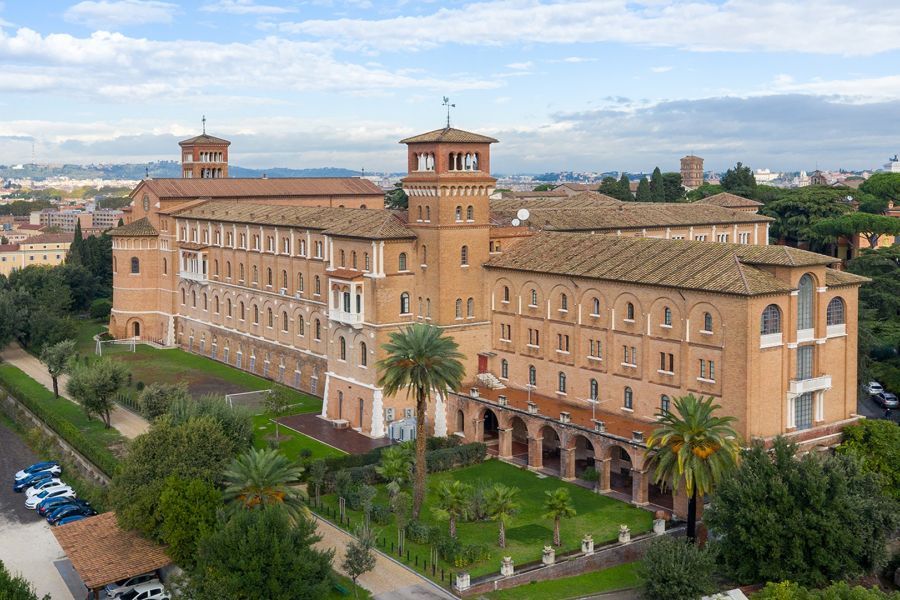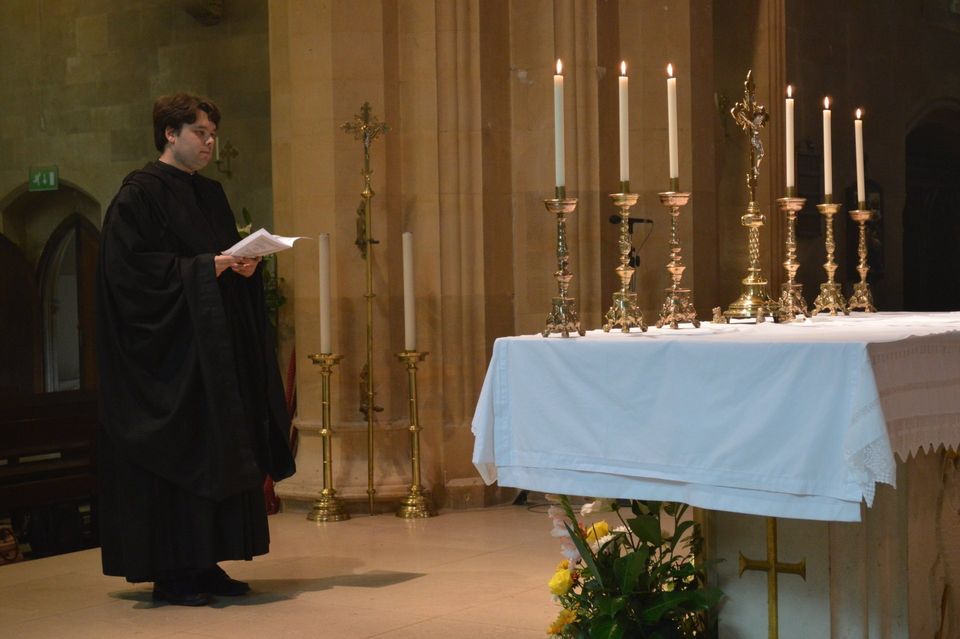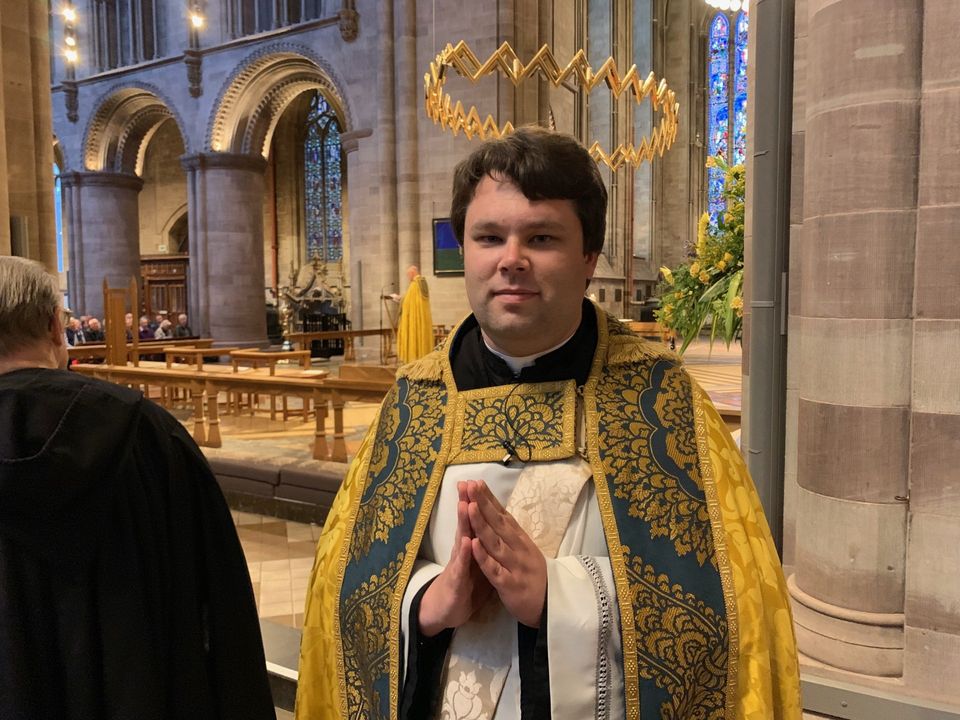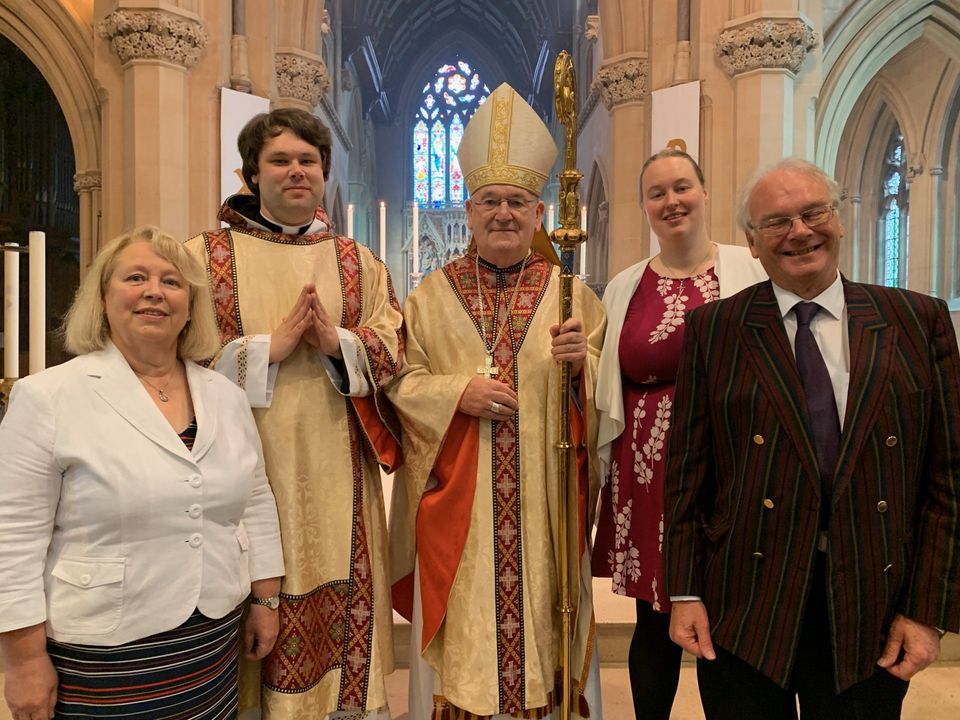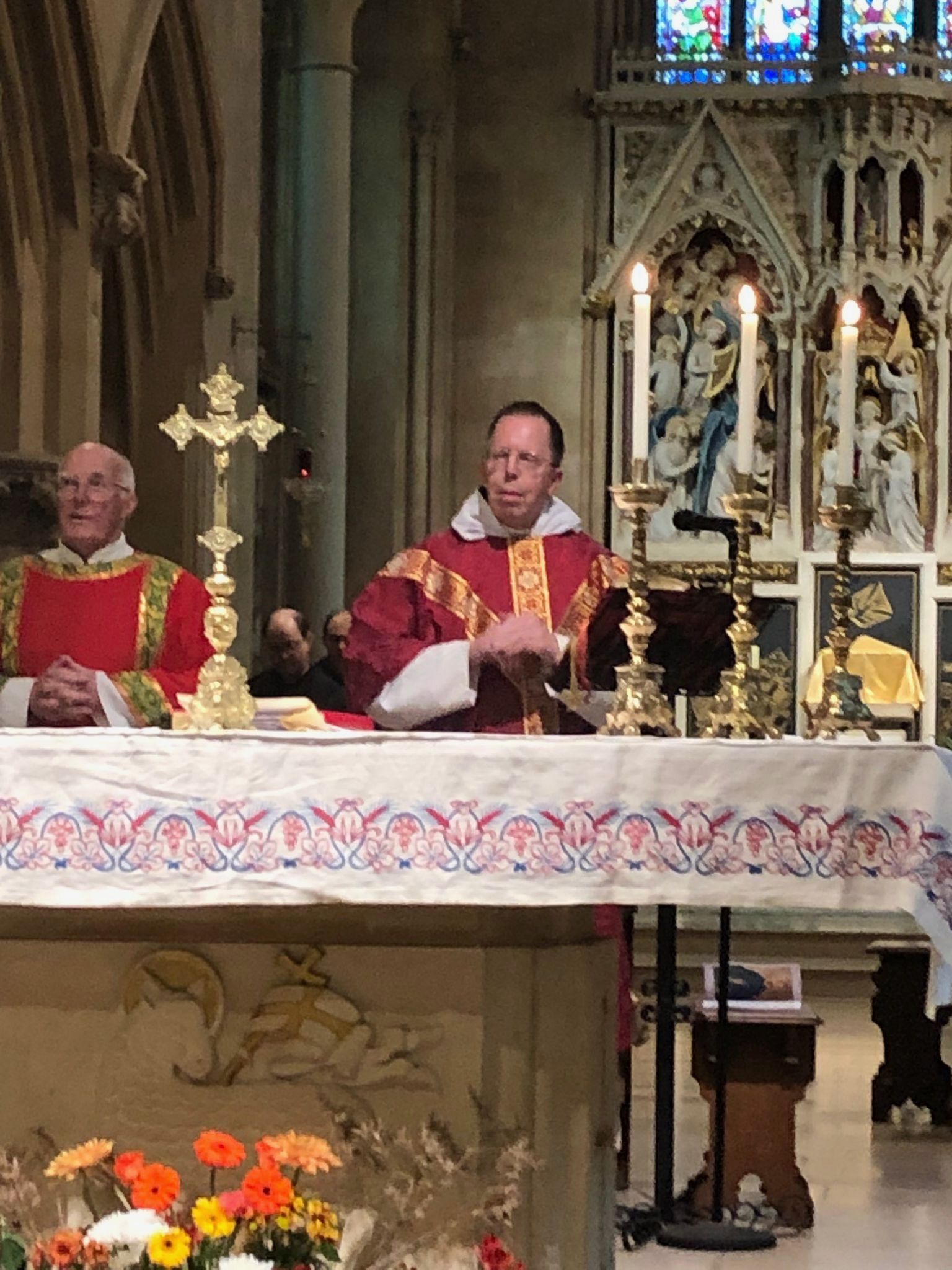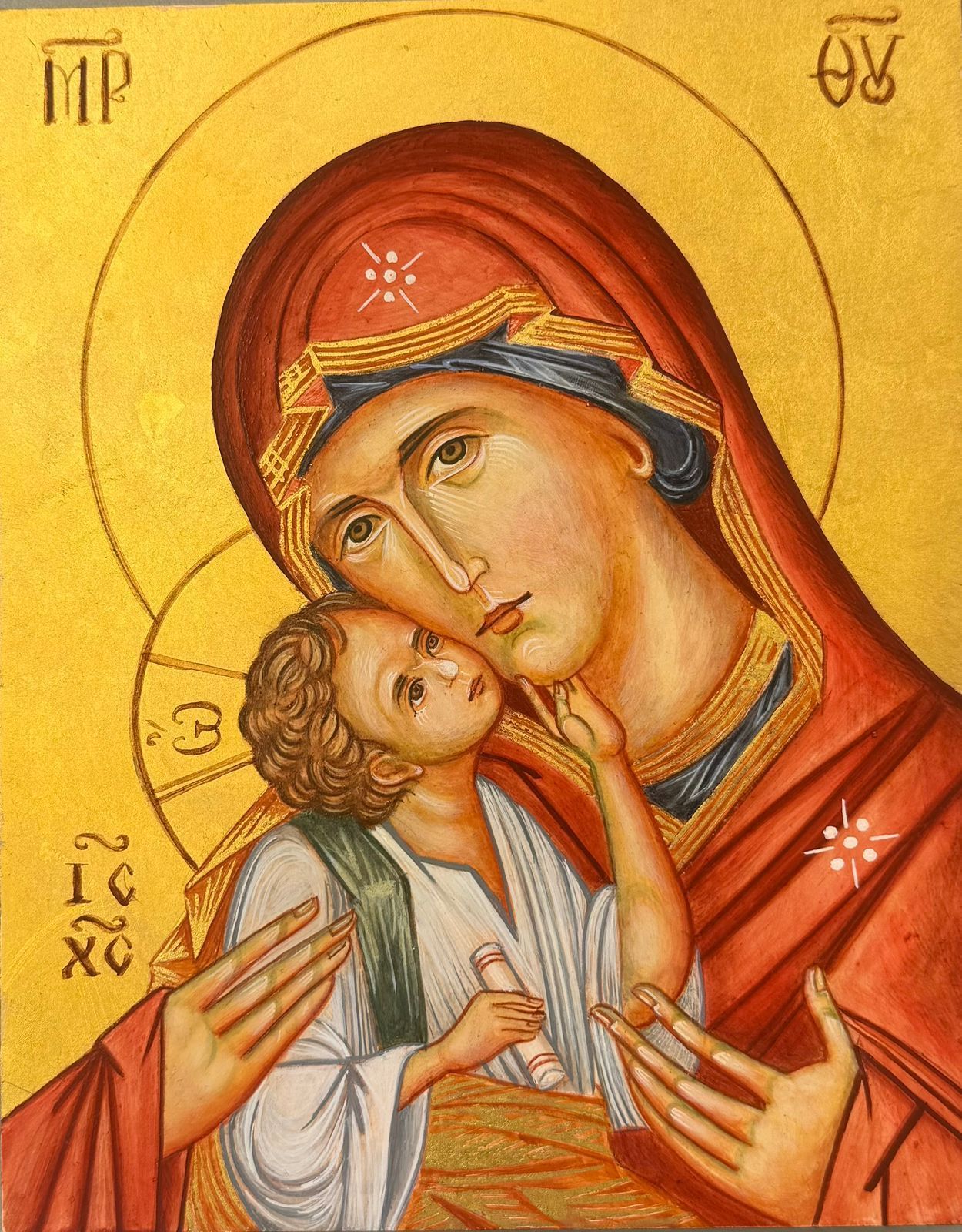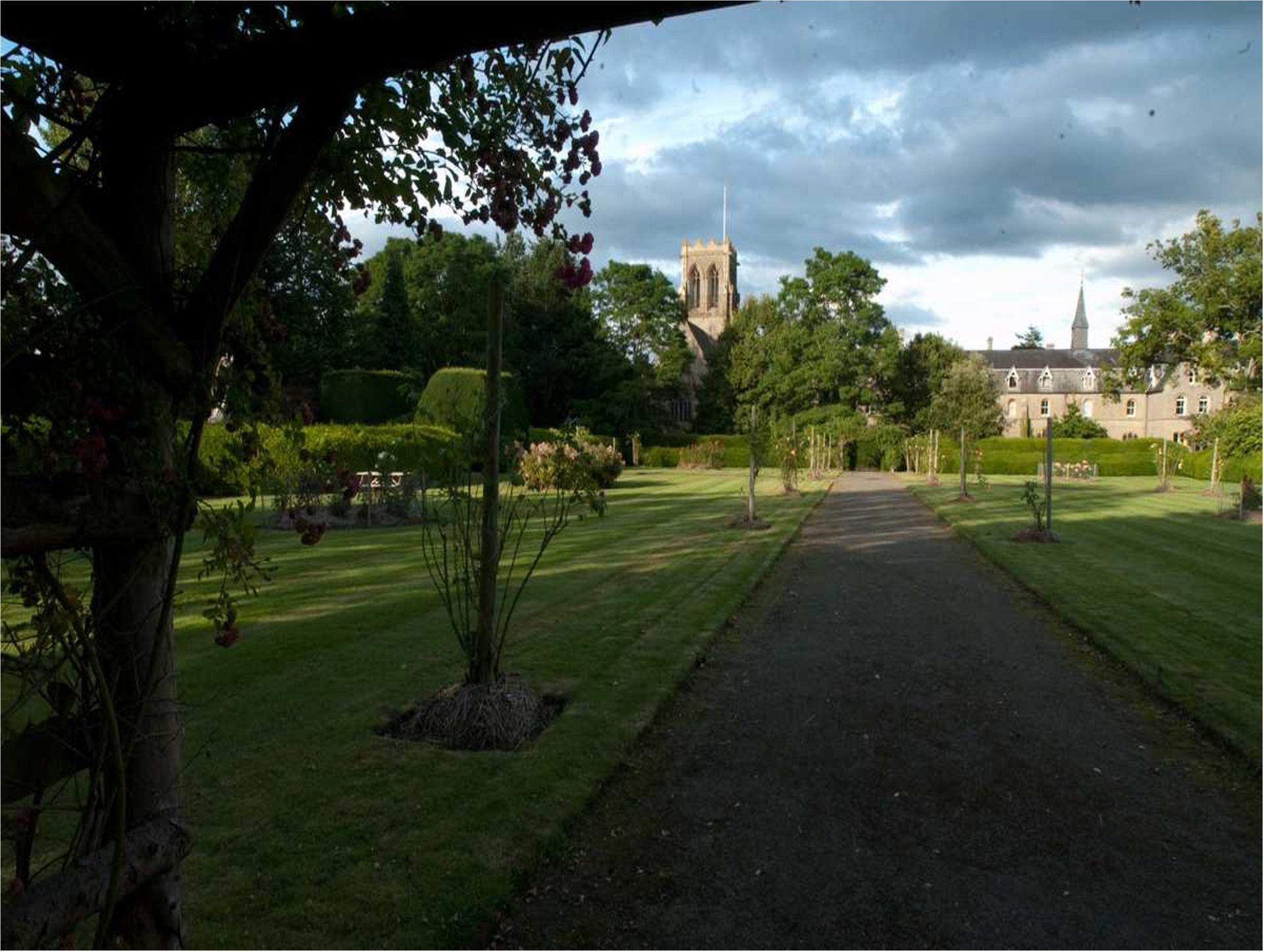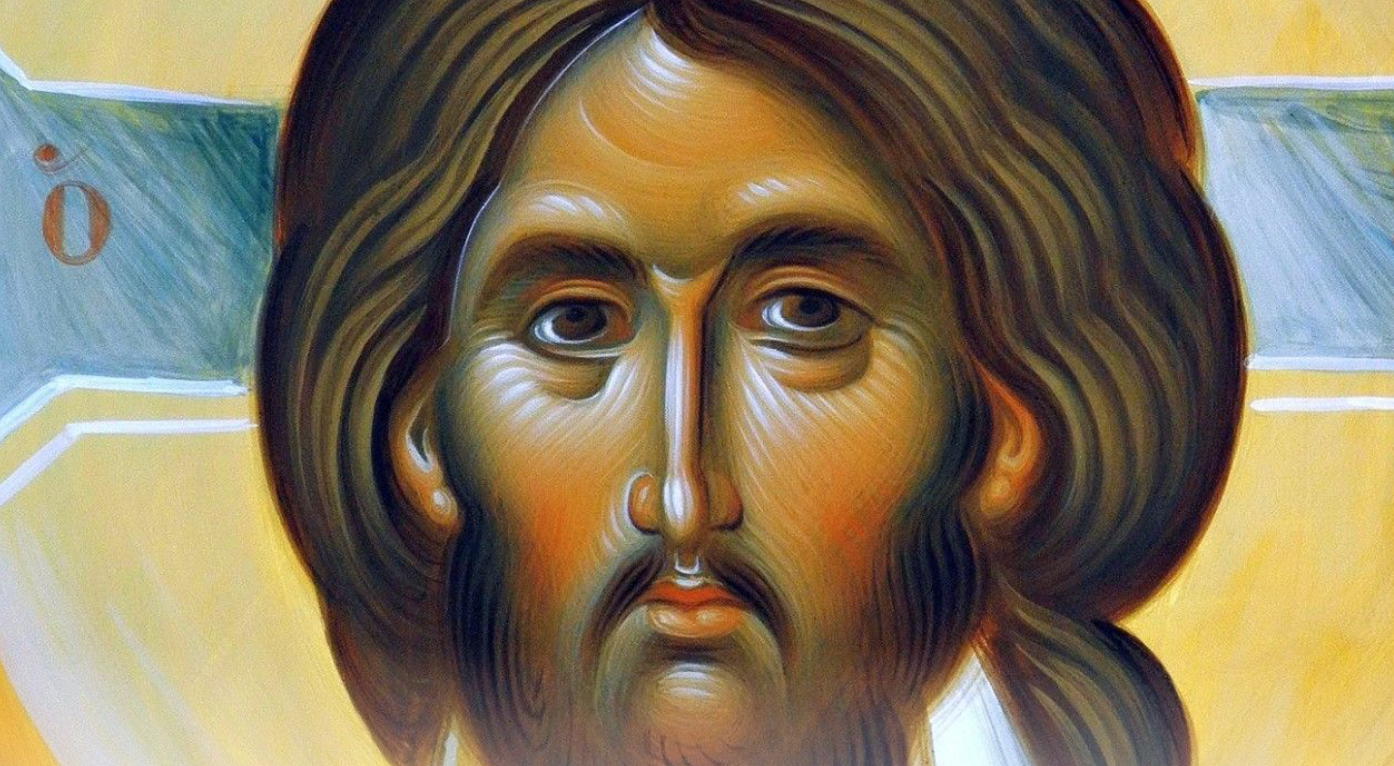Dom Augustine's Vocation Journey
Br Augustine tells of his journey to the day of his ordination to the Priesthood and the path involved to reach this day.

After my month in Padua I took the train south to Rome and took up residence in the Benedictine House of Sant’Anselmo. Sant’Anselmo is the home to the Abbot Primate of the Benedictine Confederation as well as his Curia, it is also the Pontifical Institute for Liturgy, as well as offering other courses for study. It also provides accommodation for those studying in Rome particularly Benedictines. Although Sant’Anselmo offers a theology course it is taught in Italian so I instead elected to attend the theology course offered by the Dominicans at the Pontifical University of Saint Thomas Aquinas (the Angelicum) as they provide the option of studying in English.
The last year studying in Rome was fantastic, being in a city with such amazing heritage and an obvious Catholic identity. To be able to all around the city in the habit and to not feel out of place is a truly refreshing experience. It is great to experience the feeling that it is normal to be Catholic. Having the opportunity to explore the many churches and basilica as well as the other cultural exhibits is truly awe inspiring. Combining the fact that I also get to study both Almighty God and His Church makes my experience all the more relevant and important to my faith.
Upon my return to Belmont Abbey at the end of June I began the process of applying to make my solemn profession. This consists of writing a letter to the Abbot who then discuss the application with his council. If they approve the application the next step is for the council to invite those who are resident in the monastery to offer their comments on the junior making the application. The junior himself is then brought before the council to answer any questions the council many have. Finally if the junior is approved the decision then goes to the conventual chapter of the monastery made up of all the solemnly professed monks who vote whether to accept the junior for solemn profession. The conventual chapter held their vote for my application on the feast of St Benedict (11th July). I passed the vote and my solemn profession date was set for the feast of the Transfiguration (6th August).
Before making their solemn profession the junior monk goes on a retreat for a few days usually to another monastery or religious community. I went to Buckfast Abbey in Devon, they are celebrating the millennium year of monasticism arriving on that site so I felt this was an opportunity not to be missed especially since when I last visited Buckfast Abbey several years ago they had just begun several restoration works in preparation for their millennium and I wanted to see the fruits of their labours. This was a really good period to take a step back and reflect deeply on whether. I was truly embracing God’s call and that it is the monastic life at Belmont Abbey which I am being called to. The time away allows a better focus on prayer and reflection without the distractions and away from the little jobs that are always present while being in one’s home monastery. It provides the space for true contemplation before making the lifelong commitment to living out the monastic life in the Belmont community.
A similar retreat takes place after the solemn profession. In the English Congregation there is the tradition that the newly professed monk will have his hood put up and then pinned together at his chin. This begins three days silent retreat, mirroring Christ’s time in the tomb before His resurrection on the third day. During this time the newly professed monk predominantly stays in his room in quiet reflection and only leaves to attend the major offices, Holy Mass and meals. During my time in the ‘the tomb’, I decided I would use this time to recite the full psalter of 150 psalms. I had always enjoyed St Benedict’s comments at the end of Chapter 18 of his Rule that us lukewarm monks should try to say the whole psalter over the course of one week that which our holy Fathers did in a single day. In order to make the experience a more fulfilling one I varied the translation I used for the psalter over the different days. My experience in ‘the tomb’ was certainly worthwhile, I felt a connection to the young St Benedict and his time as a hermit at Subiaco. However I was glad to finally ‘rise again’ on the third day and to rejoin the cenobitic life, once again reaffirming that I have made the correct decision in committing myself to, as our Holy Father St Benedict says in Chapter 1 of his Rule, the strong kind of monks, the cenobites.
Now, at the end of these years of preparation and studies, I will place myself at the hands of Bishop Mark to be ordained to the Sacred Priesthood. I have so much to give thanks for in this journey of faith, and so many people, family and friends, teachers and the Belmont community have helped me on my way. It is an opportunity to thank them to as I dedicate myself to serve Christ and his Church as a Benedictine monk and as a Priest.

